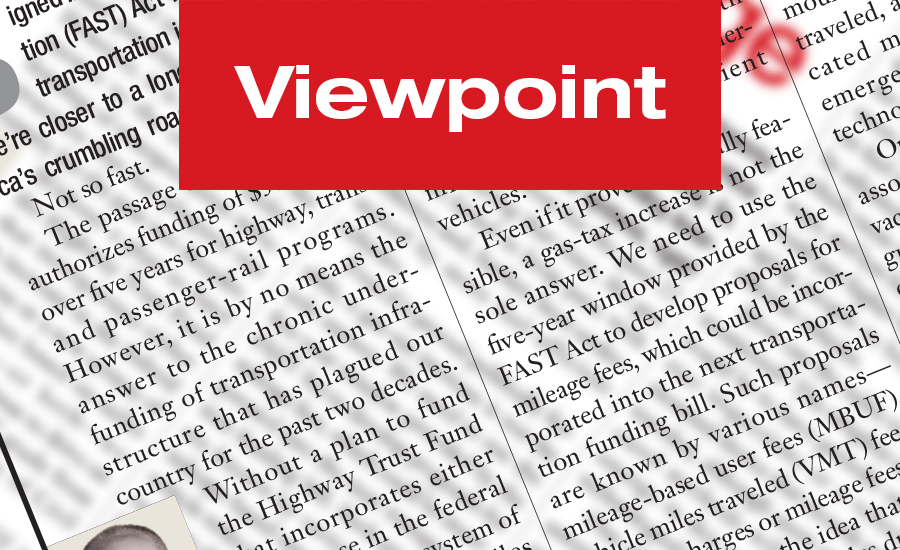As the construction industry has moved toward more collaborative forms of project delivery, many owners have begun engaging outside professionals who are known as owners project managers (OPMs). They assist with overall project planning, coordination and project oversight beyond what is typically performed by the owners’ design professionals. They also serve as a liaison between the owner and project team.
Many contractors feel that OPMs often cause more harm than good and that these professionals should be unnecessary for any high-quality construction manager who would be just as effective doing what’s right for the project without a “watchdog.” Contractors also lament the lack of direct communications with their customer, particularly when conflicts arise and when they feel the OPM may be casting them in a bad light or simply filtering the truth.
The irony is that the more effective an OPM is at building healthy team relationships, including personal and cross-team accountability, the less he or she is needed.
The irony is that, the more effective an owners’ project manager is at building healthy team relationships, including personal and cross-team accountability, the less he or she is needed.
The most skilled (and selfless) OPMs achieve this outcome by using specific collaboration and risk-mitigation methodologies, teaching and facilitating interaction among team members and raising individual levels of performance that lead to team success. They use advanced procurement metrics to assemble the right project team, and they understand the importance of matching respective company cultures. They screen and then educate members about the power of diversity and respect. And they establish a specific and comprehensive plan with detailed scope, budget and schedule expectations to the maximum extent feasible.
Perhaps most importantly, they establish clear and open lines of communication to help avoid conflict and encourage constituents to work together for their common success. As the construction industry shifts to more-collaborative delivery methods—such as design-build, at-risk construction management and integrated project delivery—owners increasingly are using outside construction management to improve their overall sophistication, supplement their own staffs or serve as their project representatives.
In an ideal form, outside project managers assist the owner during the programming, procurement, construction and commissioning of a project. While program managers are involved at a more granular level in setting project delivery strategy, specific objectives, key performance indicators, controls and protocols, OPMs fly at a higher level; after team assembly, they tend to focus on QA-QC, change order mitigation, schedule and contractual enforcement. However, both program managers and other OPMs assist the owner in selecting the ideal project delivery method based upon the owner’s interests in speed, flexibility, need for cost certainty and other factors.
Owners who use an OPM typically appreciate having a professional who knows the tricks of the trade and can protect their interests while lessening the burden on the owner’s existing resources. The best OPMs can bring knowledge and savvy to novice owners who, given their relative inexperience, may otherwise feel vulnerable to contractors.
Collaboration and communication are not “soft skills.” OPMs who communicate regularly with contractors (as well as owners) are more likely to be perceived by contractors as positive allies. And this combination of increased trust and communication is a powerful tool in achieving the successful process and outcome that all owners, contractors and designers earnestly seek.
If you have an idea for a column, please contact Viewpoint Editor Richard Korman at kormanr@enr.com.





Post a comment to this article
Report Abusive Comment